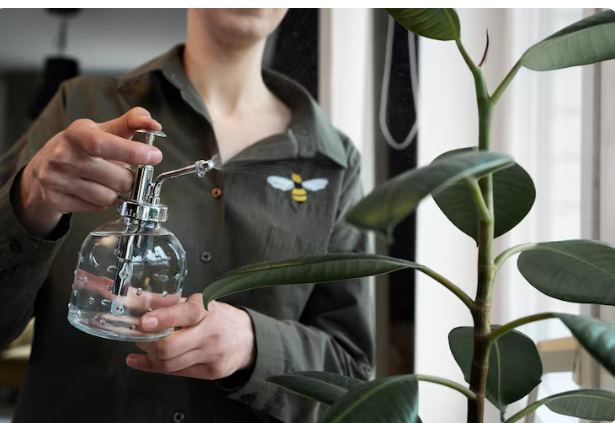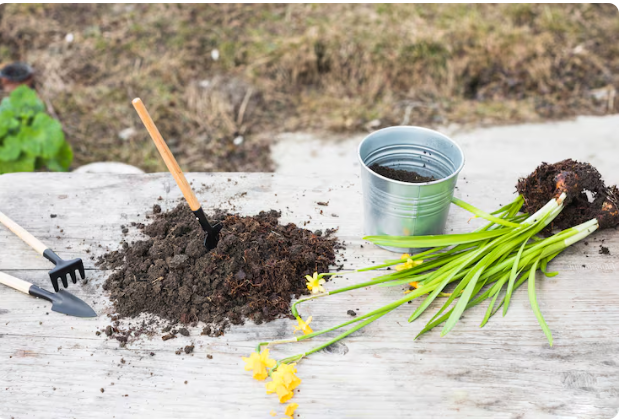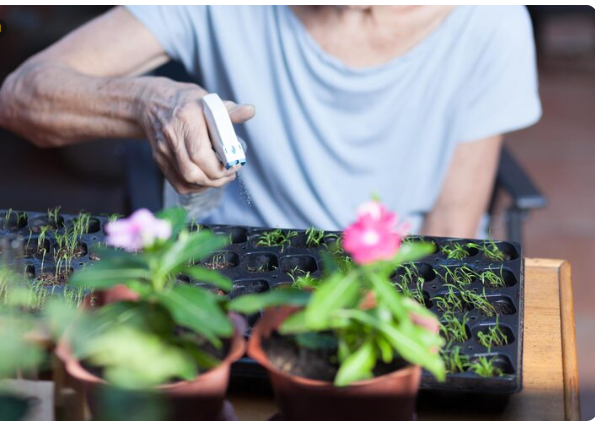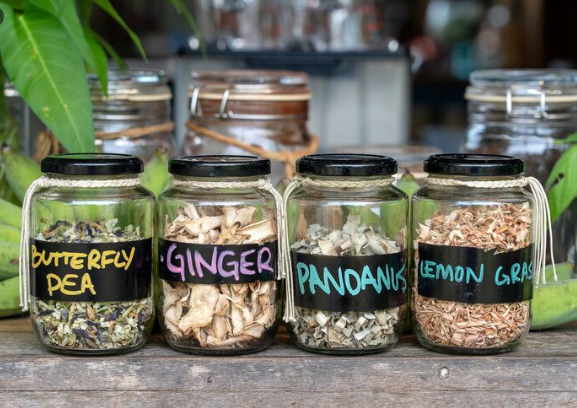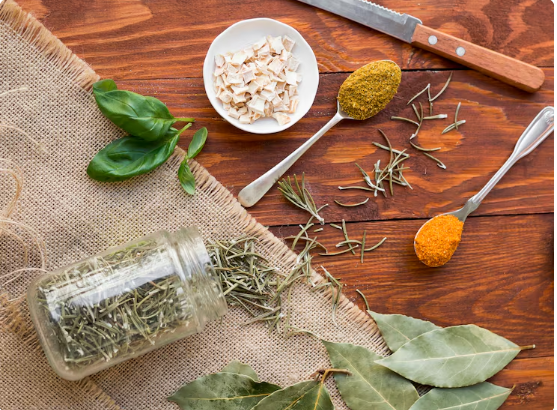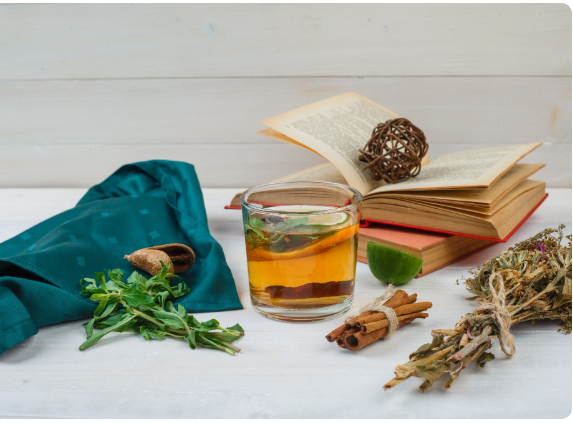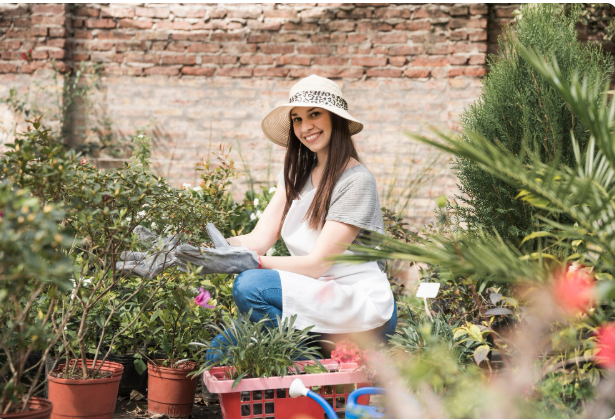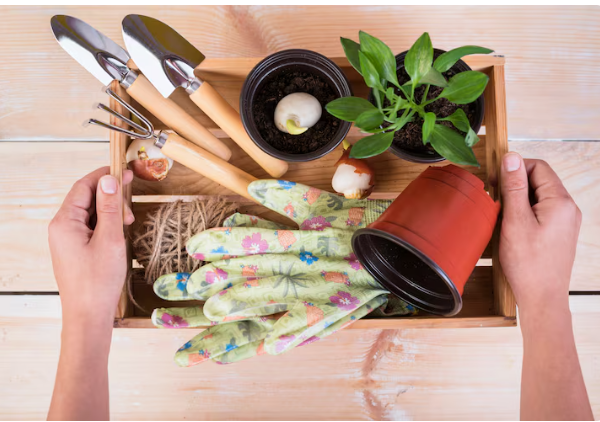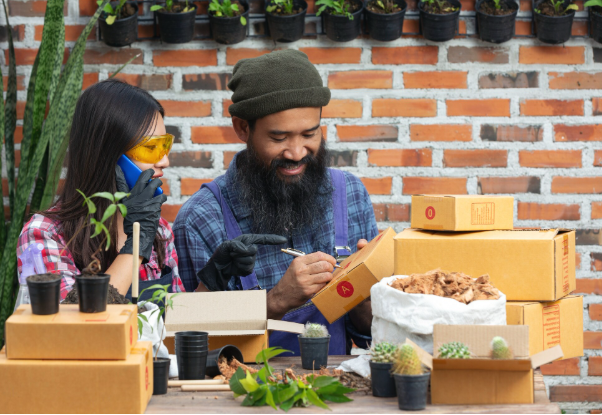Watering medicinal herbs frequently has a rhythm that is quite comparable to learning to play an instrument, where time, accuracy, and focus produce a remarkably powerful harmony that maintains each plant’s true health. Many gardeners find that herbs respond remarkably well to a watering regimen that prioritizes observation over regularity, sometimes after a few wilted leaves or excessively wet pots. You can avoid the surprisingly common mistake of feeding plants that never begged for a drink in the first place by inspecting the soil before reaching for the watering can.
Although watering medicinal plants once or twice a week is usually thought to be a very effective place to start, the true signal is located just below the surface. You can quickly determine whether the plant needs care or if the moisture is still present by lightly pressing a finger two inches into the soil. This little practice is especially helpful since it moves the emphasis from speculation to comprehension, which is something I’ve observed in seasoned gardeners who treat their herbal patches as though they were living journals, carefully attending to even the smallest clues.
| Name | Details |
|---|---|
| Topic | How Often to Water Medicinal Herbs |
| Category | Home Gardening, Herbal Medicine |
| Core Focus | Watering frequency, soil moisture, plant health |
| Key Principles | Deep watering, soil checks, avoiding overwatering |
| Reference |
Deep watering has a very long-lasting effect when moisture levels decline because it encourages roots to expand below and anchor firmly, thus lowering the danger of stress during short drought periods. Medicinal herbs are rarely satisfied by a superficial sprinkling, which gives the roots an unexpectedly thirsty appearance while giving the appearance of care. Watering in the morning is usually advised because the cooler air allows moisture to settle more slowly, avoiding needless evaporation and lowering the risk of fungal problems, which frequently thrive in damp conditions at night.
Seasonal changes require equal consideration. Herbs in containers may require more regular hydration during hot summer months since pots heat up rapidly and lose moisture at a rate that seems almost dramatic. Conversely, cooler months cause things to slow down significantly, so most kinds may get by with just weekly watering. These seasonal variations reflect the ups and downs of daily routines, when shifting circumstances subtly influence our choices without our knowledge.
When it comes to water, different herbs have distinct languages. Tough herbs like thyme and oregano are quite adaptable and can thrive even when conditions change slightly between waterings, but basil, for instance, needs constant moisture and might appear severely disturbed when the soil dries out too long. When you start carefully combining herbs—grouping moisture-loving plants together while separating drought-tolerant species into their own pots or raised beds—knowing which herbs demand attention and which value independence becomes especially creative.
Herbs cultivated in containers frequently require faster responses. By the afternoon, a clay pot on a sunny patio dries out very quickly, turning into something of a little desert. Herbs planted directly in the ground, on the other hand, benefit from soil that holds moisture longer, allowing for a more laid-back timetable. The kind of soil is also crucial; rich, compost-heavy beds hold water remarkably well, while sandy soil drains much more quickly and requires a little more careful watering. By stabilizing moisture levels and reducing temperature fluctuations, mulching the base can help create a very dependable buffer for delicate plants.
One of the most frequent mistakes is still overwatering, primarily because it seems kind to add water anytime the leaves start to wilt or the soil becomes uneven. However, the silent harm brought on by excessive wetness is shown by yellowing leaves, stunted development, and a strong, unpleasant soil odor. Herbs enjoy dryness in between sips because it replicates the conditions where many of them evolved—hot, sunny, and windy slopes that remain airy even after rainfall. This is a common mistake made by gardeners, usually out of excitement rather than carelessness.
Drooping leaves, dry stems, and occasionally a distinctly bitter taste in harvested herbs are all signs of underwatering, even if it is marginally easier to fix. In essence, plants are communicating urgently that their internal water supplies have become too low as they start to wilt. Although frequent neglect eventually restricts growth, a good soak usually brings them back to life. It’s quite gratifying to watch a herb recover after a rich, fulfilling drink; it seems like the plant is letting out a tiny sigh of relief.
When gardeners eventually grasp the cycles of their herbs, they frequently describe it as a subtle change in which intuition replaces guessing. In the same way that musicians interpret tempo and tone, they learn to understand the texture, color, and posture of leaves and modify watering patterns accordingly. It becomes very evident that moisture control is more about paying attention than following guidelines.
Purchasing practical instruments is another action that significantly increases consistency. When weather patterns become unexpected, a basic moisture meter provides comfort, and a lightweight hose with a mild spray nozzle makes watering freshly planted herbs incredibly efficient. Since accuracy frequently dictates the result, many gardeners rely on these equipment in the same way that photographers rely on precisely selected lenses. Additionally, businesses who create well-thought-out watering tools, such as Majama’s line of sprayers and flexible hoses, make everyday maintenance surprisingly inexpensive for novices while providing durability that seasoned gardeners value.
Social trends have brought attention to the developing link between personal wellness and herbal gardening. Celebrities who support home apothecaries or sustainable living frequently display their herb gardens, quietly inspiring thousands of new growers who view medicinal gardening as an approachable first step toward better lifestyle choices. Conversations about climate awareness, water efficiency, and sustainable gardening are becoming more pertinent as this interest grows, serving as a reminder that even the tiniest herb pot contributes to greater environmental cycles.
When done mindfully, herb gardening promotes a discipline that is remarkably comparable to meditation: it is slow, focused, and incredibly fulfilling. Watering becomes more than just a task; it becomes a silent ritual in which you observe something alive, give it deliberate attention, and see how little efforts add up to flourishing plants. Once you get the pattern down, the garden practically leads you by demonstrating how frequently to water its leaves, soil, and resilience.
